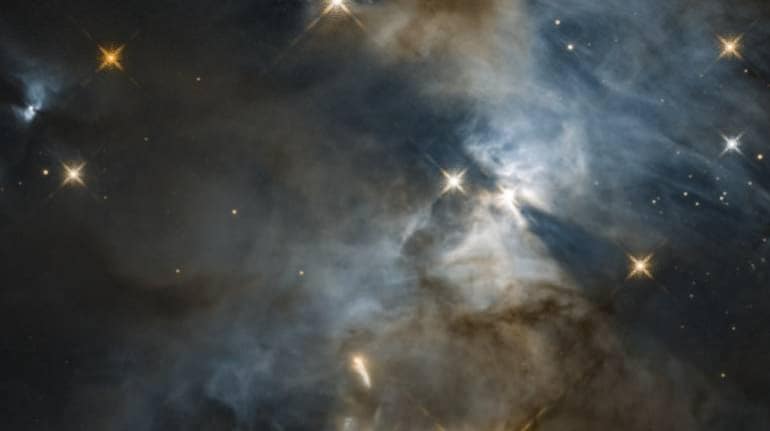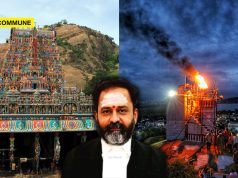
A young star about 1-2 million years old (young in cosmic terms) called HBC 672, whose shadow has been nicknamed the “Bat Shadow” as it resembles a pair of wings, was captured by NASA’s Hubble Space Telescope. The image was of a fledgling star’s unseen, planet-forming disk casting a huge shadow across a more distant cloud in a star-forming region.
“The shadow moves, it’s flapping like the wings of a bird”, said lead author Klaus Pontoppidan, an astronomer at the Space Telescope Science Institute (STScI), in Baltimore, Maryland. The phenomenon may be caused by a planet pulling on the disk and warping it. The team observed the flapping over 404 days.
“You have a star that is surrounded by a disk, and the disk is not like the Saturn’s rings-it’s not flat. It’s puffed up. So that means that if the light from the star goes straight up, it can continue straight up, it’s not blocked by anything. But if it tries to go along the plane of the disk, it doesn’t get out, and it casts a shadow,” explained Pontoppidan.
The disk-a circling structure of gas, dust, and rock-might be roughly saddle-shaped, with two peaks and two dips, which explains the “flapping” of the shadow. The team theorizes that a planet is embedded in the disk, with an orbit inclined to the disk’s plane. This planet may be the reason for the doubly warped shape of the orbiting disk and the resultant movement in its shadow. The scientists calculate that the planet would take at least 180 days to orbit around the star.
The shadow that extends from the star across the surrounding cloud is so huge – approximately 200 times the length of our solar system – that light from the star takes about 40-45 days to reach the edge of the shadow. The star HBC 672 is situated 1400 light years away in a stellar nursery called the Serpens Nebula.




